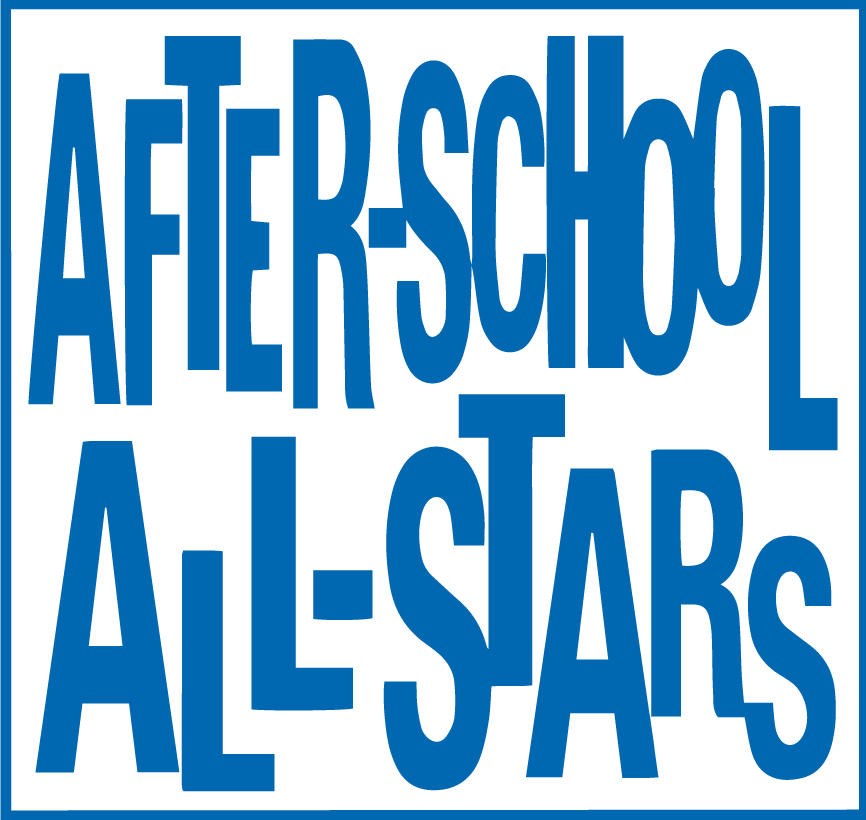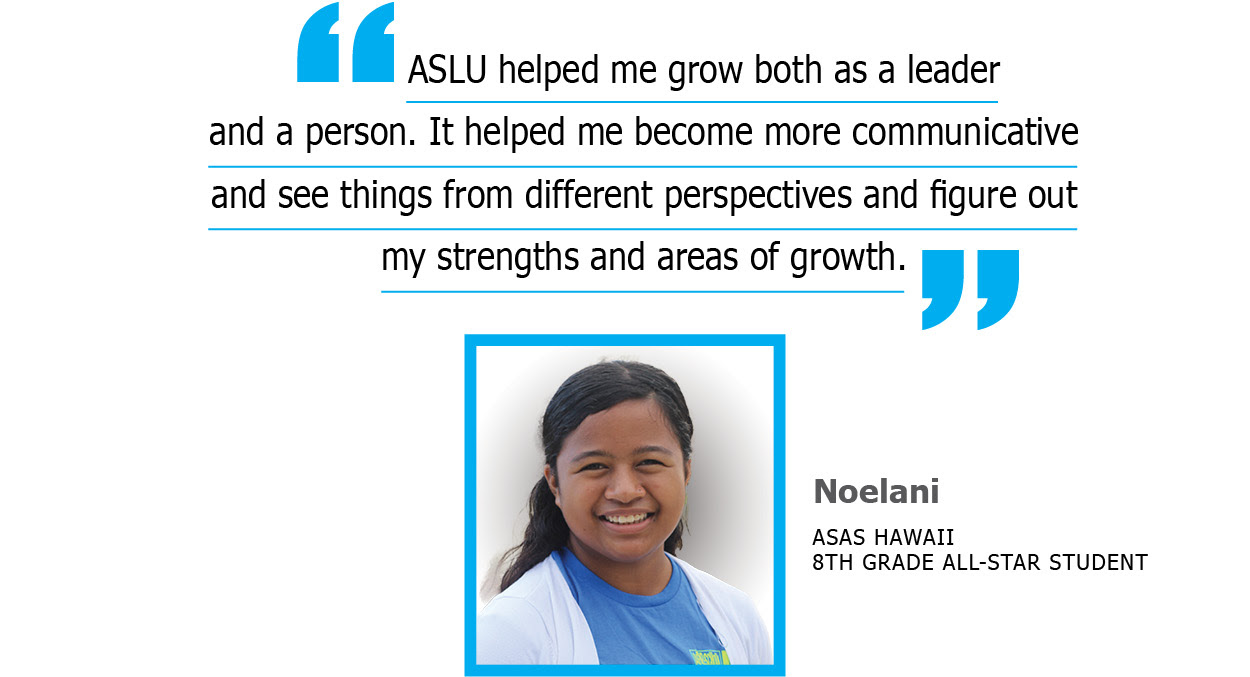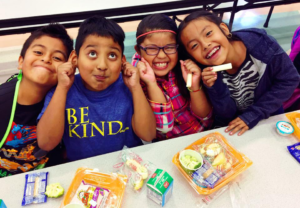For many students, September marks the return to school and structured education. But for more than 47,000 All-Stars across the country, this summer has provided a rich period of learning, exploration, and unique experiences. From hiking to sailing to cleaning up beaches; from gardening to cooking to a trip to the Governor of Ohio’s home—All-Stars have remained active, engaged, and learning!

ASAS programs target the interests, needs, goals, and priorities of our youth and their families because every child is unique and every community is resourced differently. This adaptability is especially important in the summer because more than half of U.S. students experience summer learning losses five years in a row. According to research published in the American Educational Research Journal, these students on average lose nearly 40 percent of their school year gains.
The overall data can seem disheartening, but summers at ASAS are a time of hope and progress because students are in structured programs for as many as ten hours a day, five days a week. In addition to quality time with caring adult mentors, this includes academics, physical activity, unique enrichment experiences, and opportunities to engage with peers and build critical social and life skills. This summer also marked the return of our annual All-Star Leadership University, where All-Stars from across the organization developed their skills as leaders and giving back to their communities.
Across the U.S., All-Stars experienced trips to museums, zoos, playgrounds, state parks, and college campuses—building upon and reinforcing the content they learn during the school year. The results are encouraging: a recent study by NSLA (the National Summer Learning Association) has found that youth perceptions of their own social-emotional well-being and growth—as well as other outcomes, including preparedness for the return to school, and voice, choice, and support—were statistically more positive among youth who had structured summer experiences compared to unstructured experiences.
Research shows that high-quality summer programs can make a difference in stemming learning loss and closing the country’s educational and opportunity gaps. That’s why Program staff at every chapter work so hard to create summer curricula and measure impact through the lens of our five core programs: academic readiness, health and wellness, the arts, STEM learning, and career exploration. These are the content areas where we can spark passions and help students make the biggest gains.





